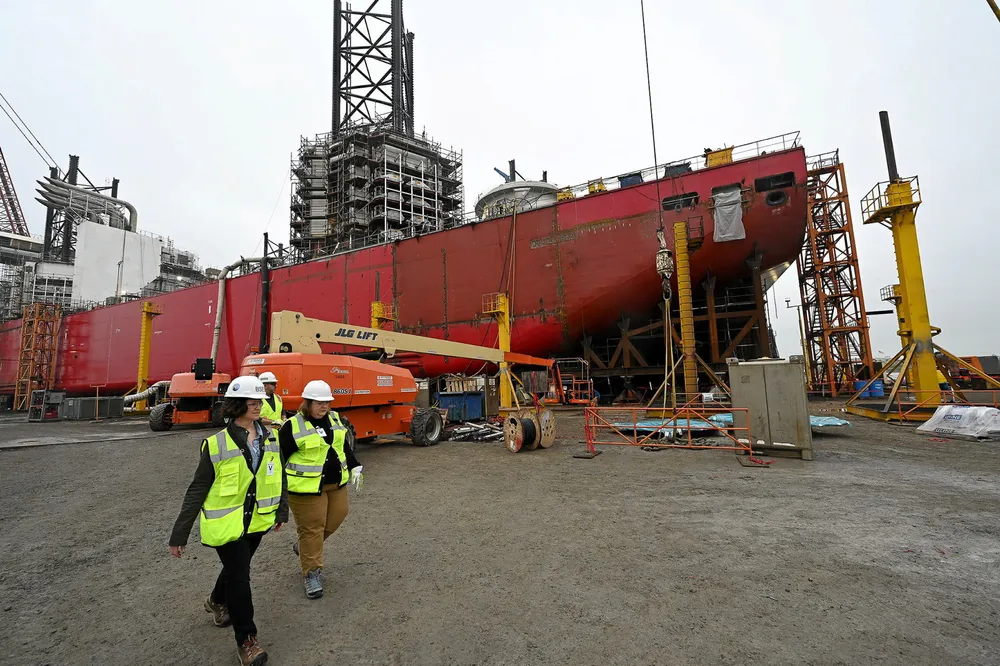Biden's last-gasp offshore wind green light
SouthCoast approval comes in just under the wire and officially puts more than 19GW of sector capacity in play as Trump take office

Federal coastal regulator Bureau of Ocean Energy Management (BOEM) issued its final full approval for offshore wind under President Joe Biden with the green light for the construction and operations plan (COP) for Ocean Winds’ SouthCoast project.
The COP approval follows the project’s Record of Decision in December, which finalised its Environmental Impact Statement and allows the 2.4GW project to begin at-sea installation.
“We are proud to announce BOEM’s final approval of the SouthCoast Wind project, the nation’s eleventh commercial-scale offshore wind energy project, which will power more than 840,000 homes,” said BOEM director Elizabeth Klein as she struck a defiant note on offshore wind's progress in the Biden era.
"Under the Biden-Harris administration, we have made remarkable strides in advancing a clean energy economy, including approving more than 19GW of offshore wind energy. Our offshore wind energy projects are opening doors to meaningful economic opportunities by generating jobs, boosting economic growth, and fighting climate change."
Located in the Massachusetts wind energy area (WEA) 23 miles (37 km) south of Massachusetts, SouthCoast is approved for 141 turbines and up to five offshore substation platforms that could eventually power 840,000 homes.
The project paid a fine of $60m but was otherwise not penalised.
Permitted capacity as Trump takes over
The final approval brings total permitted capacity to nearly 20GW and comes in just under the wire as sector critic Donald Trump prepares for his inauguration Monday.
Such a moratorium would likely not impact permitted capacity, though.
Industry supporters are skeptical that Trump would bring to a halt so much investment disbursed across 40 states, most of them Republican leaning.
Metcalfe said the administration “could slow or completely stop new offshore wind permitting” which prompted BNEF to lower its 2035 forecast for installed capacity to 27.8GW.
“This is a 29% decline on our view in June before the election result,” said Metcalfe, adding: “There is still a lot of policy risk, however, and there is significant downside risk.”
(Copyright)